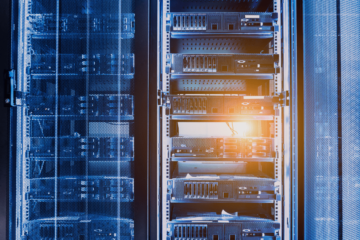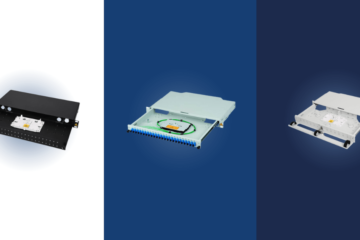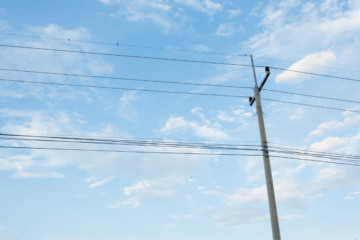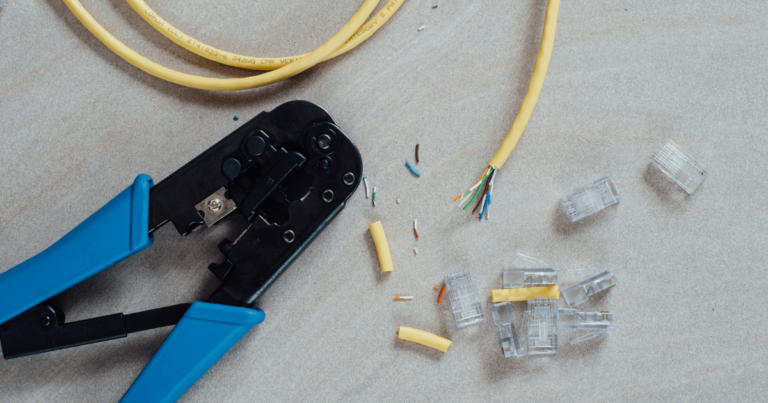
Navigating the distinct challenges of outdoor and indoor telecom network installations is crucial for professionals in the field. Each environment requires a specialized approach to ensure network integrity, performance, and longevity. This article delves into the nuances of both settings, helping professionals strategize effective installation methodologies.
Environmental Challenges in Outdoor Installations
Outdoor network installations face the brunt of environmental elements. Installations must withstand extreme weather, from scorching sun to freezing temperatures, necessitating robust and durable equipment. Challenges like fluctuating temperatures, moisture, and potential wildlife interactions are constant considerations. Specialized housing for equipment to protect against these elements is a must.
Indoor Installations: Balancing Functionality and Aesthetics
Indoor installations, such as in office buildings or homes, present a different set of challenges. Here, the focus shifts to integrating technology seamlessly within the living or working spaces. This involves managing cable routing elegantly, ensuring Wi-Fi coverage without disrupting building aesthetics, and choosing equipment that blends with the interior design. Overcoming structural barriers like concrete walls and ensuring consistent signal strength is also pivotal.
Signal Strength and Connectivity Solutions
Outdoor installations often require sophisticated solutions to combat signal attenuation over long distances and around obstacles. This could involve using high-gain antennas, establishing line-of-sight connections, or employing repeaters. Indoor installations, meanwhile, must address signal interference from various electronic devices and structural impediments, often necessitating strategic placement of routers and signal boosters.
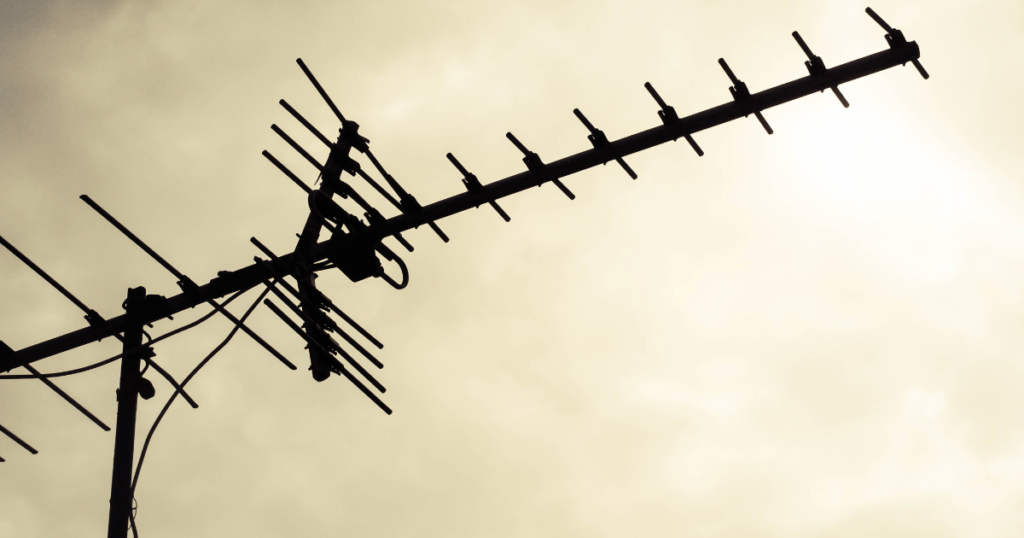
Maintenance and Accessibility Concerns
Maintaining outdoor networks can be challenging due to their exposure to the elements and often remote locations. Routine checks and repairs require careful planning and sometimes specialized equipment. Indoor network maintenance, while more accessible, demands subtlety to minimize disruption to occupants and maintain the aesthetic integrity of the space.
Security Aspects: From Physical to Cyber
Outdoor network installations must incorporate stringent security measures to protect against physical tampering and environmental hazards. This might include secure, tamper-proof enclosures and surveillance systems. Indoor networks, while less susceptible to physical threats, require robust digital security protocols to protect against cyber threats, especially in business environments where sensitive data is involved.
Regulatory Compliance and Community Impact
Outdoor installations often face more rigorous regulatory scrutiny, given their potential impact on public spaces and the environment. Gaining the necessary permits and adhering to local and federal regulations is crucial. Indoor installations need to comply with building codes and fire safety standards, sometimes posing challenges in retrofitting older buildings with new technology.
Technological Innovations and Network Efficiency
Outdoor networks are increasingly leveraging advancements like 5G technology to enhance connectivity and bandwidth. In contrast, indoor networks are focusing on integrating IoT devices and smart technology to improve user experience and operational efficiency. Both settings benefit from the ongoing evolution in network technology, which allows for more effective and efficient data transmission.
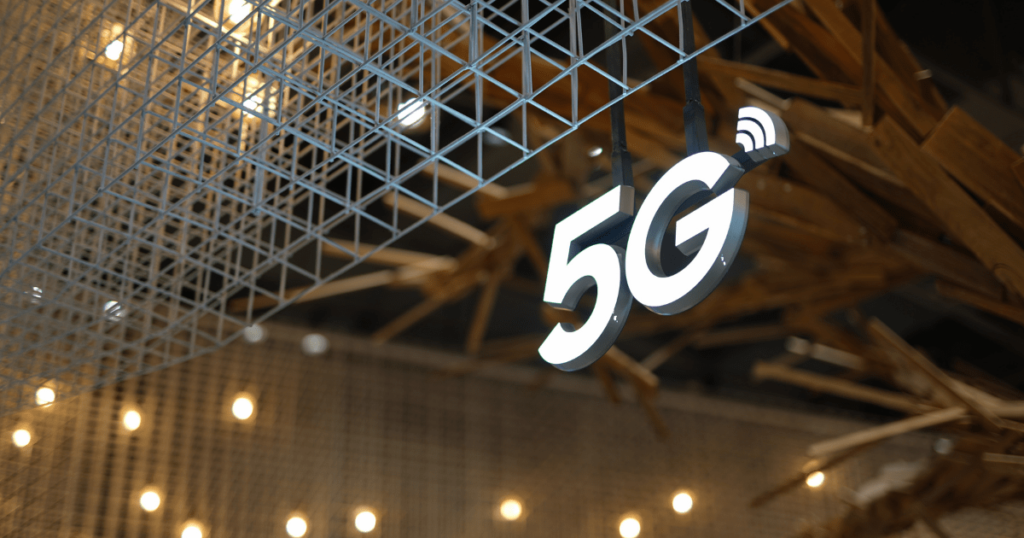
Cost Dynamics of Installations
Cost considerations between outdoor and indoor installations vary significantly. Outdoor installations can be more capital-intensive due to the scale of the projects and the need for durable, weather-resistant materials. Indoor installations might incur lower initial costs, but expenses can escalate based on the complexity of the installation and the need for custom solutions to fit specific environments.
Sustainability and Eco-Friendly Practices
Sustainability is a growing concern in network installations. Outdoor installations require environmental impact assessments and strategies to minimize ecological disruption. Indoor installations are focusing on energy-efficient technologies and reducing the carbon footprint of network operations.
Expanding Network Needs and Future Trends
As the demand for connectivity grows, both outdoor and indoor network installations are evolving. Outdoor installations are expanding into rural and underserved areas, bridging the digital divide. Indoor installations are becoming more sophisticated, with smart homes and buildings requiring intricate, interconnected networks.
In summary, outdoor and indoor network installations present unique challenges and opportunities for telecom professionals. From environmental resilience and aesthetic considerations to security and technological advancements, understanding these differences is key to successful network implementation. As the telecom landscape continues to evolve, staying adaptable and informed about these distinct environments will be crucial for professionals aiming to deliver top-notch network solutions.
Related articles: Sustainable Practices in Network Installation and Maintenance


